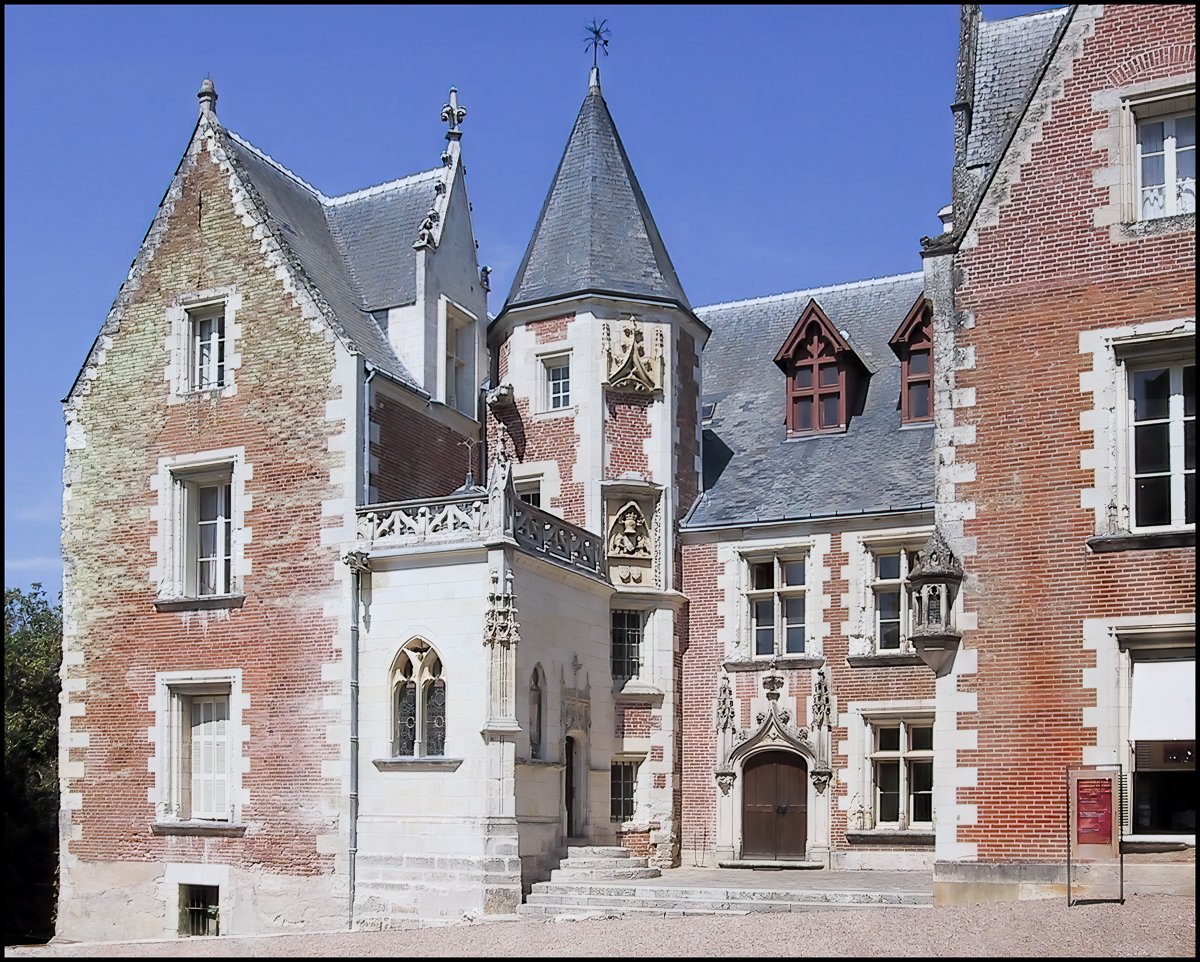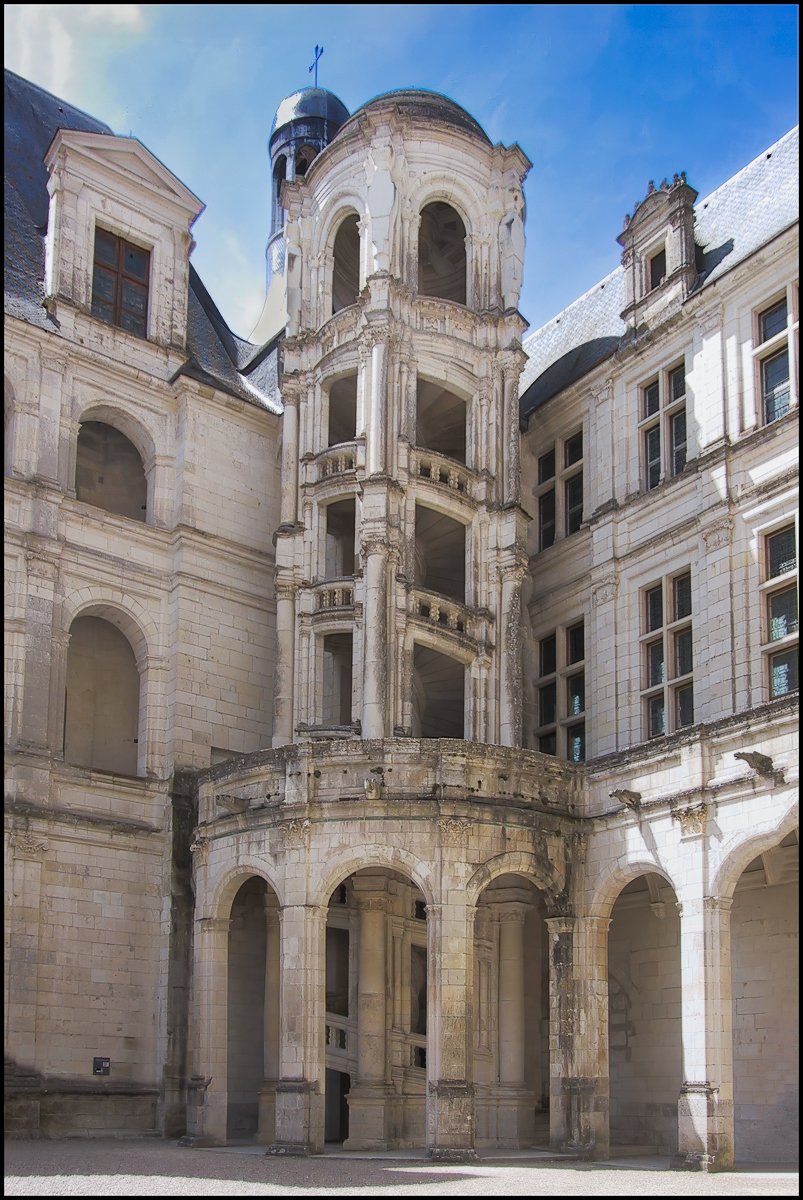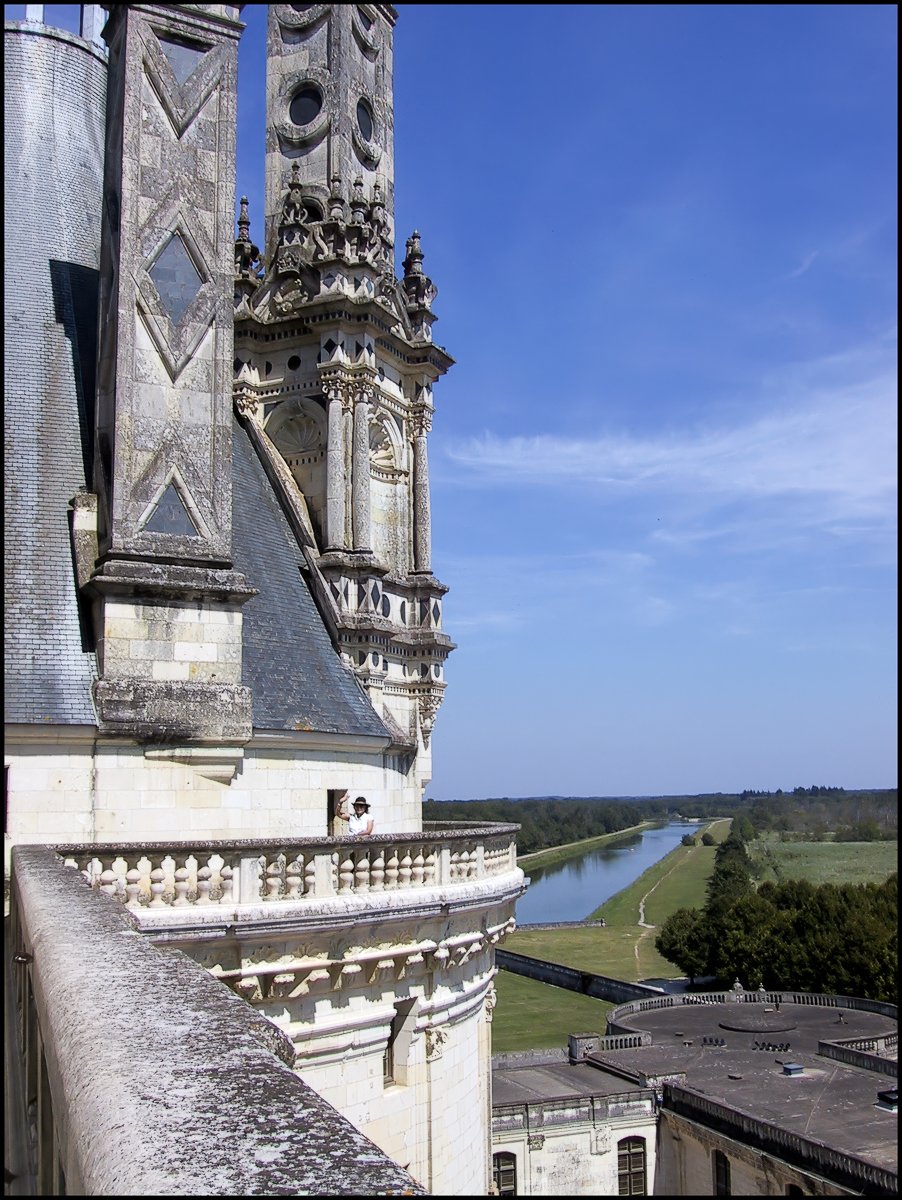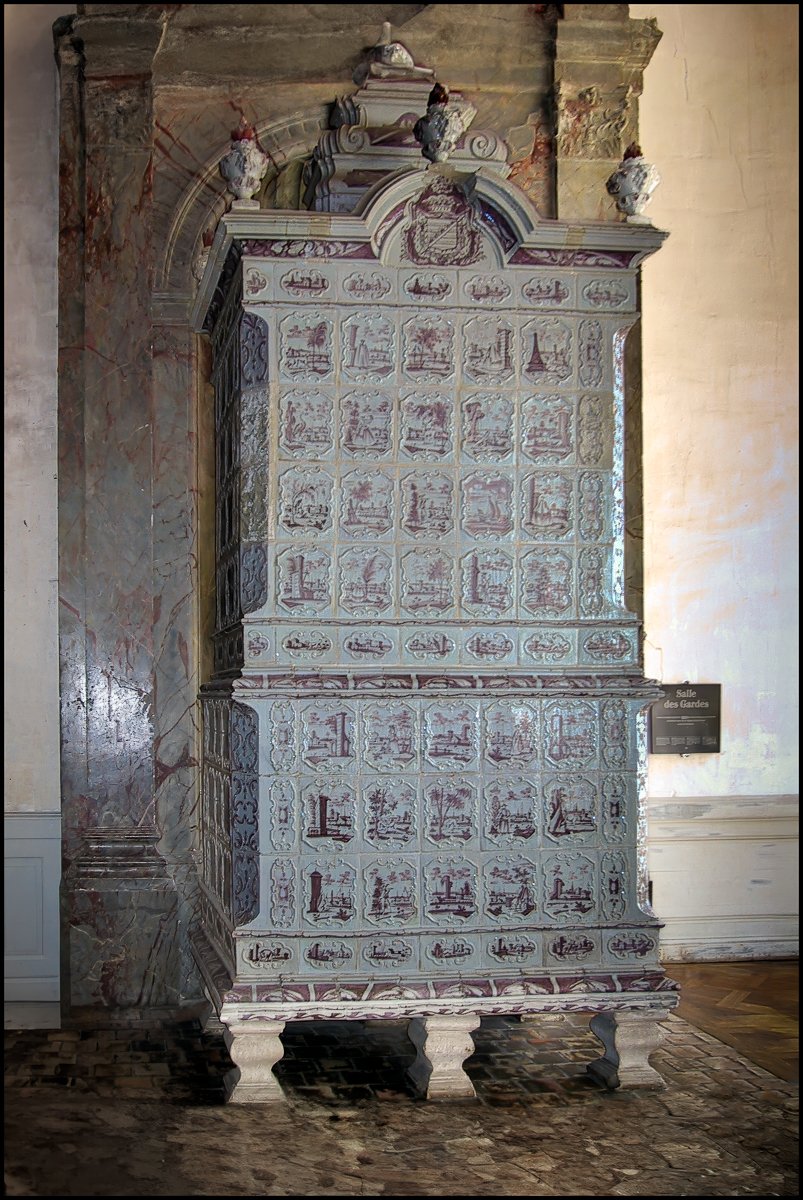France - Loire Valley, August 2002
Rochecotte
This is where we stayed and used as the base for our exploration.
The Château de Rochecotte is a late 18th-century château located in the French village of Saint-Patrice, near Langeais, in Indre-et-Loire. It is known for its various owners and their many successive rebuilds. The parent of one of its owners, Boni de Castellane, described it as : "A grand Louis XVI style château - halfway up a hill dominating the Loire valley – lacking neither charm nor originality. It resembles an Italian villa, with superimposed terraces, from which the view extends to the blue and grey horizon, landscapes from old paintings." In a letter from Dino to de Barante of 5 July 1828, she writes "I have a true passion for Rochecotte; to me, it is the most beautiful view and the most beautiful country in the world; at last this is an air which makes me live lightly and then I arrange, I return, I embellish, I appropriate... I took up country life to the letter."
Talleyrand and the duchess of Dino
Originally, the château belonged to the Comte de Rochecotte, who became one of the leaders of the second Chouannerie in Maine and was executed under the French Directory, in the Champ-de-Mars, in Paris. On 30 April 1828, one of the later owners, the chevalier René de La Selle de Ligné, sold it to Dorothée de Courlande, duchess of Dino (who was married to
Edmond de Talleyrand-Périgord, for 400,000 francs, then a considerable sum. According to Jean-Luc Péchinot, "she appreciated its site and its superimposed terraces opening out onto vast horizons (...) she undertook great building works".
Amboise
A château in Amboise, located in the Indre-et-Loire département of the Loire Valley in France. Confiscated by the monarchy in the 15th century, it became a favoured royal residence and was extensively rebuilt. King Charles VIII died at the château in 1498 after hitting his head on a door lintel. The château fell into decline from the second half of the 16th century and the majority of the interior buildings were later demolished, but some survived and have been restored, along with the outer defensive circuit of towers and walls.



Clos Lucé
Large château located in the center of Amboise, in the department of Indre-et-Loire, in the Centre-Val de Loire region of France. It is located in the natural Val de Loire (formerly called Touraine) region. Built by Hugues d'Amboise in 1471, the palace has known several famous owners such as the French king Charles VIII and Leonardo da Vinci. Clos Lucé is 500 metres from the royal Château d'Amboise, to which it is connected by an underground passageway.


Chambord
Chambord is the largest château in the Loire Valley; it was built to serve as a hunting lodge for Francis I, who maintained his royal residences at the Château de Blois and Amboise. The original design of the château is attributed to the Tuscan architect Domenico da Cortona; Leonardo da Vinci may have also influenced the design.
Chambord was altered considerably during the 28 years of its construction (1519–1547), during which it was overseen on-site by Pierre Neveu. With the château nearing completion, Francis showed off his enormous symbol of wealth and power by hosting his old archrival, Charles V, Holy Roman Emperor, at Chambord.
In 1792, in the wake of the French Revolution, some of the furnishings were sold and timber removed. For a time the building was left abandoned, though in the 19th century some attempts were made at restoration. During the Second World War, art works from the collections of the Louvre and the Château de Compiègne were moved to the Château de Chambord. The château is now open to the public, receiving 700,000 visitors in 2007. Flooding in June 2016 damaged the grounds but not the château itself.






Cheverny
Henry Le Mareschau was the owner of Cheverny in 1315. Held under the Count of Blois. It was sold to Jean Huraults with its "houses, presses and vineyards" in the late 14th century. His grandson Jaques gained the title, Seigneurs de Cheverny, having served under Louis XI, Charles VIII and Louis XII and gained the governorship of the county of Blois under Francis I. Inspiration for Hergé's Marlinspike Hall. Now a hotel.
Azay-le-Rideau
Located in the town of Azay-le-Rideau in the French département of Indre-et-Loire. Built between 1518 and 1527, this château is considered one of the foremost examples of early French renaissance architecture. Set on an island in the middle of the Indre river, this picturesque château has become one of the most popular of the châteaux of the Loire valley.


Villandry
The lands where an ancient fortress once stood were known as Columbine until the 17th century. They were acquired in the early 16th century by Jean Le Breton, France's Controller-General for War under King Francis I, and a new château was constructed around the original 14th-century keep where King Philip II of France once met Richard I of England to discuss peace. The château remained in the Le Breton family for more than two centuries until it was acquired by the Marquis de Castellane. During the French Revolution the property was confiscated and in the early 19th century, Emperor Napoleon acquired it for his brother Jérôme Bonaparte. In 1906, Joachim Carvallo purchased the property, financed by his wife Ann Coleman, who was an heiress to the Coleman fortune. Extensive time, money, and devotion were then poured into repairing it and creating extraordinary gardens. Its famous Renaissance gardens include a water garden, ornamental flower gardens, and vegetable gardens. The gardens are laid out in formal patterns created with low box hedges. In 1934, Château de Villandry was designated a Monument historique. Like all the other châteaux of the Loire Valley, it is a World Heritage Site.





Ussé
Ussé is a castle in the Indre-et-Loire département, in France. The stronghold at the edge of the Chinon forest overlooking the Indre Valley was first fortified in the eleventh century by the Norman seigneur of Ussé, Gueldin de Saumur, who surrounded the fort with a palisade on a high terrace. The site passed to the Comte de Blois, who rebuilt it in stone. Charles Perrault, author of the versions of several of the most famous fairy tales known today, often visited the castle and was a guest there. He had the castle of Ussé in mind when writing "The Sleeping Beauty".




Chenonceau
The Château de Chenonceau is a French château spanning the river Cher, near the small village of Chenonceaux, Indre-et-Loire, Centre-Val de Loire. It is one of the best-known châteaux of the Loire Valley. The estate of Chenonceau is first mentioned in writing in the 11th century. The current château was built in 1514–1522 on the foundations of an old mill and was later extended to span the river. The bridge over the river was built (1556–1559) to designs by the French Renaissance architect Philibert de l'Orme, and the gallery on the bridge, built from 1570 to 1576 to designs by Jean Bullant.










